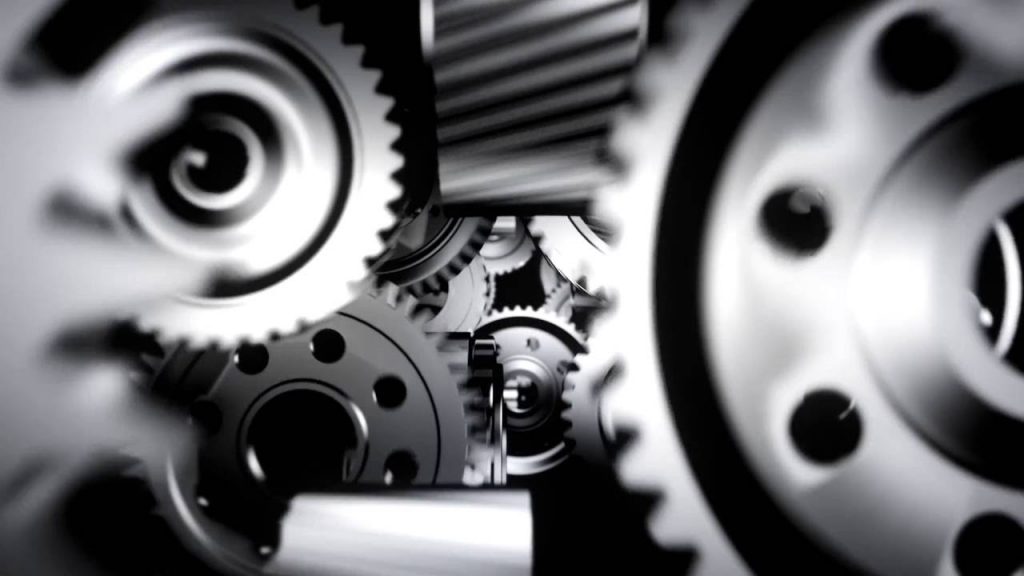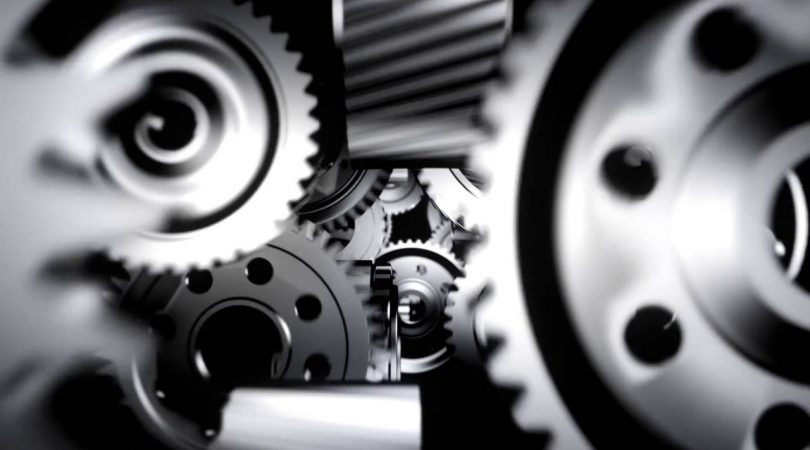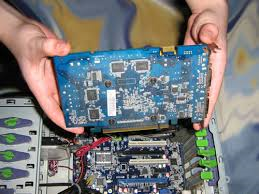
DLC coatings are dense, consistent, and relatively simple to create.
Written by: Denton Vacuum, LLC
Diamond like carbon coatings, or DLC coatings, can be deposited using a variety of deposition methods such as sputtering, cathodic arc, ion beam, electron beam, and lasers. Through the process of physical vapor deposition, one can create a high quality and consistent DLC coating that can be used for a variety of applications.
Coating Process Sample
One of the most common ways to produce DLC coatings is through a sputter coater, which is essentially a vacuum chamber that has the ability to deposit metals onto a substrate through a complex process. The product can be placed within the chamber on a fixturing carousel when it is evacuated. The produce will then be preheated to a low processing temperature that will not exceed a certain temperature – typically 300 degrees Fahrenheit. The preheating phase will then condition the substrate for the coating to ensure that all of the moisture that has been absorbed by the material has been outgassed before the deposition process occurs.
The process will then transition into the ion etching phase where the product will be bombarded with ions and electrons. There will then be a scrubbing phase, which cleans the surface and remove any micro oxides. The process will then move on to the coating phase, which involves thin film evaporation to occur to begin the production of the DLC coating. When the underlayer coating reaches the proper thickness, the process will then transition into the DLC coating step, which deposits a dense and smooth amorphous carbon layer onto the product surface.


